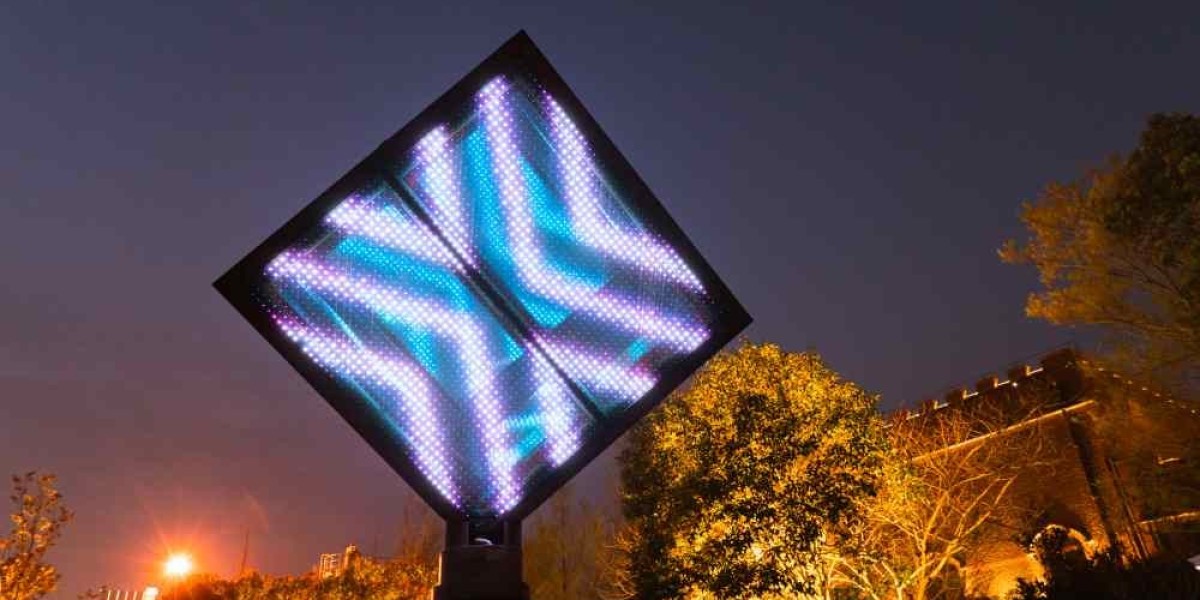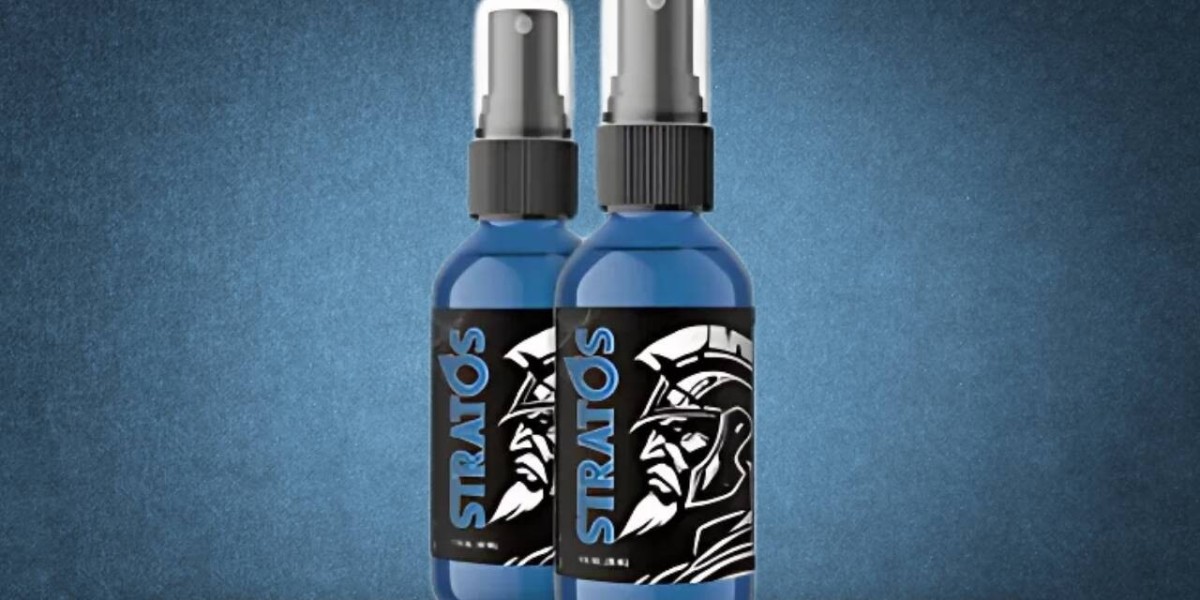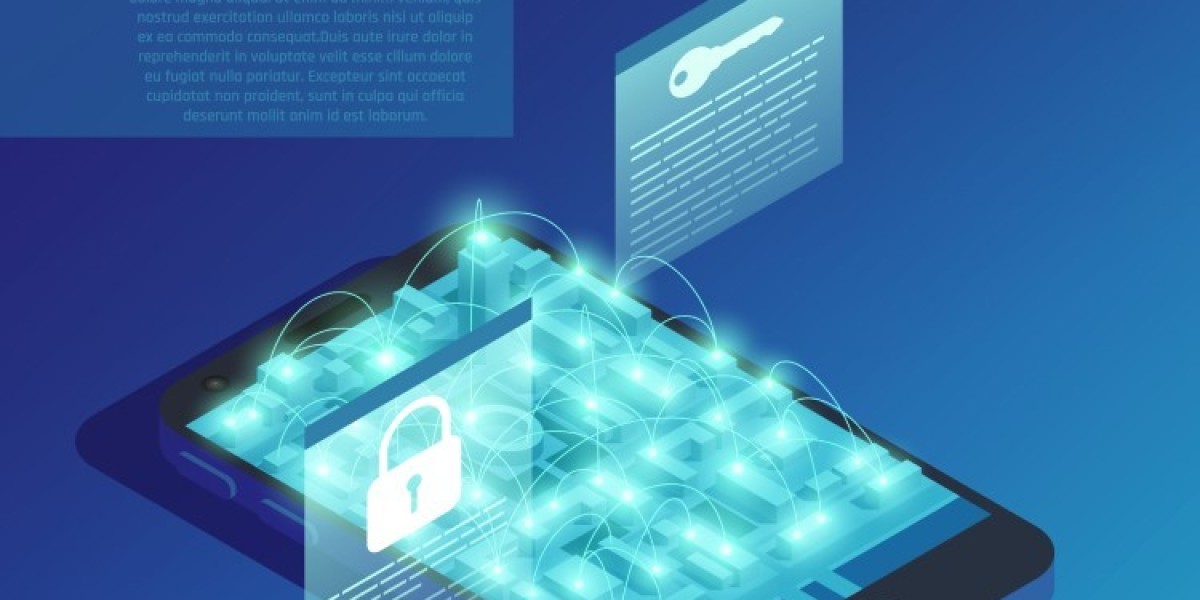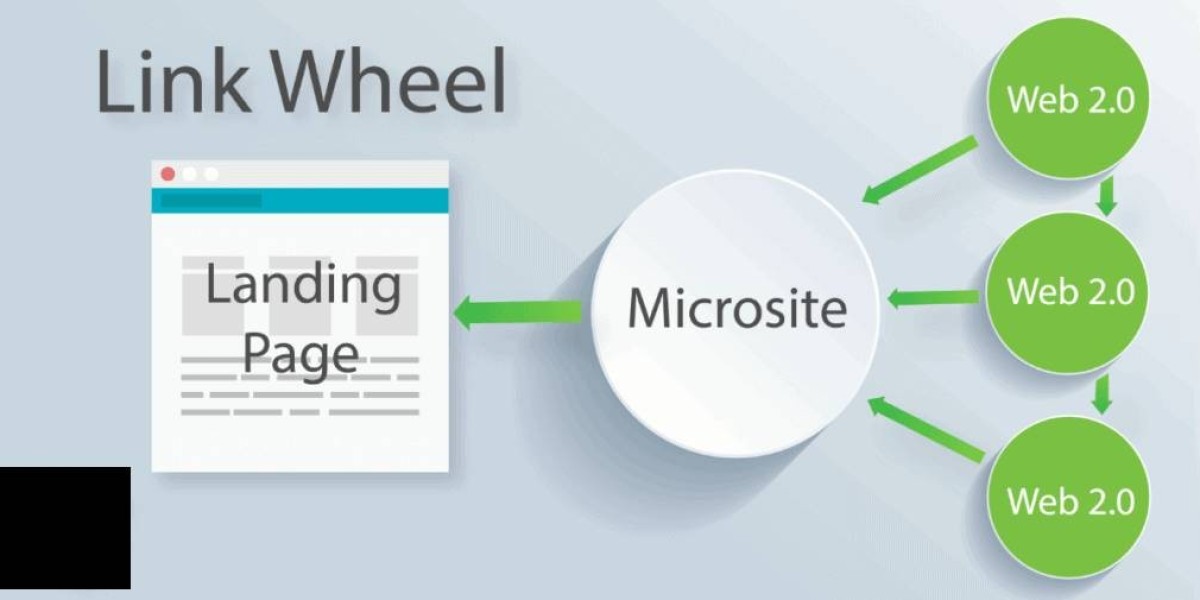Introduction
With the rise of digital advertising and outdoor entertainment, waterproof outdoor LED screens have become a game-changer in the display industry. These high-brightness, weather-resistant screens offer unmatched durability and performance, making them ideal for billboards, stadiums, outdoor events, and public information displays.
Whether you’re a business owner looking to invest in digital signage or an event organizer seeking a high-quality outdoor display, understanding the key aspects of waterproof LED screens is crucial. This guide explores their features, benefits, applications, and considerations before purchasing one.
What Is a Waterproof Outdoor LED Screen?
A waterproof outdoor LED screen is a large, high-resolution display panel designed to withstand harsh weather conditions such as rain, snow, dust, and extreme temperatures. These screens use light-emitting diodes (LEDs) to create bright, vivid visuals, making them suitable for outdoor environments.
Unlike indoor LED screens, outdoor models come with an IP (Ingress Protection) rating, ensuring waterproofing and dust resistance. The most common IP rating for outdoor LED screens is IP65, which means the screen is completely dustproof and resistant to water jets from any direction.
Key Features of Waterproof Outdoor LED Screens
1. High Brightness for Outdoor Visibility
Outdoor LED screens typically feature brightness levels between 5,000 and 10,000 nits, ensuring clear visibility even under direct sunlight. This makes them perfect for advertising billboards, stadium screens, and outdoor concerts.
2. Waterproof and Weatherproof Design
These screens are fully enclosed in waterproof casings, protecting them from rain, dust, and extreme temperatures. The IP65 or higher rating guarantees reliable performance in all weather conditions.
3. Energy Efficiency
Modern LED technology consumes less power than traditional LCD or plasma displays while delivering superior brightness and clarity. Many LED screens are also equipped with smart energy-saving features to reduce electricity costs.
4. Wide Viewing Angles
Outdoor LED screens provide wide viewing angles (typically 160° to 170°), ensuring that people from different locations can clearly see the display without distortion.
5. Remote Content Management
Many waterproof outdoor LED screens come with cloud-based content management systems (CMS), allowing users to update advertisements, videos, and messages remotely via Wi-Fi, 4G, or fiber-optic connections.
6. Modular and Customizable Sizes
LED screens are modular, meaning they can be customized to various sizes and shapes. Whether you need a small advertising board or a gigantic stadium screen, outdoor LED displays can be tailored to meet specific requirements.
Benefits of Waterproof Outdoor LED Screens
1. Durability and Longevity
Unlike traditional screens that deteriorate quickly in harsh environments, waterproof LED screens are built to last 80,000 to 100,000 hours, making them a long-term investment for businesses.
2. High-Impact Advertising
With vibrant colors, motion graphics, and high-definition videos, LED screens attract more attention than static billboards, resulting in higher audience engagement and brand visibility.
3. Cost-Effective in the Long Run
Although the initial investment in an LED screen may be higher, it eliminates recurring costs associated with printing and replacing traditional billboards. The ability to update content digitally also saves money on advertising expenses.
4. Real-Time Content Updates
Businesses and event organizers can instantly update promotions, schedules, and live announcements, making LED screens highly versatile. This is especially useful for event organizers, transportation hubs, and emergency alerts.
5. Eco-Friendly Solution
LED screens use low-energy consumption technology, making them more environmentally friendly than traditional signage solutions that require frequent replacements and printing materials.
Common Applications of Waterproof Outdoor LED Screens
Waterproof LED screens are used across various industries for advertising, entertainment, and public information displays.
1. Digital Billboards and Advertising
Businesses use waterproof LED billboards in high-traffic areas, such as highways, shopping malls, and city centers, to promote products, services, and brand messages.
2. Sports Stadiums and Arenas
Most modern stadiums use large LED screens for live match broadcasting, instant replays, and sponsor advertisements, enhancing the spectator experience.
3. Outdoor Concerts and Festivals
Music festivals, outdoor movie screenings, and corporate events use giant LED screens to display live performances, event schedules, and sponsor messages.
4. Public Information and Transportation Hubs
Airports, train stations, and bus terminals utilize LED screens to display real-time departure schedules, safety alerts, and public announcements.
5. Retail Stores and Shopping Centers
Retailers use waterproof outdoor LED displays to promote seasonal sales, new arrivals, and digital storefront advertisements.
Factors to Consider Before Buying a Waterproof Outdoor LED Screen
1. IP Rating (Ingress Protection Rating)
The IP rating determines how well the screen is protected against water and dust. For outdoor use, look for IP65 or higher, which ensures waterproof and dustproof performance.
2. Brightness and Contrast Ratio
Choose a screen with high brightness levels (at least 5,000 nits) to ensure visibility in direct sunlight. A higher contrast ratio enhances image clarity and sharpness.
3. Screen Resolution and Pixel Pitch
- Pixel pitch (e.g., P3, P6, P10) affects display clarity.
- A lower pixel pitch provides higher resolution, ideal for close-up viewing.
- A higher pixel pitch is better for large screens viewed from a distance.
4. Content Management System (CMS)
Look for a screen that supports remote content management via Wi-Fi, 4G, or cloud-based CMS to easily schedule and update content.
5. Maintenance and After-Sales Support
Choose a manufacturer that offers warranty coverage, technical support, and spare parts availability for long-term maintenance.
Conclusion
Waterproof outdoor LED screens are a powerful and reliable solution for advertising, event broadcasting, and public communication. Their weatherproof design, high brightness, and remote content management capabilities make them an ideal investment for businesses, sports venues, and public infrastructure projects.
Considering factors such as IP rating, brightness, resolution, and maintenance, you can choose the perfect LED screen that meets your needs and provides maximum value.
FAQs
1. What is the best IP rating for waterproof outdoor LED screens?
The best IP rating for outdoor LED screens is IP65 or higher, as it provides protection against dust and water jets, ensuring durability in outdoor environments.
2. Can waterproof LED screens withstand extreme temperatures?
Waterproof LED screens are designed to function in extreme weather conditions, including high heat, heavy rain, and freezing temperatures.
3. How do I maintain a waterproof outdoor LED screen?
Regular maintenance includes cleaning dust and dirt from the screen, checking for loose connections, updating software, and ensuring proper ventilation to extend its lifespan.
4. What are the advantages of waterproof LED screens over traditional billboards?
Waterproof LED screens offer dynamic content updates, high brightness, energy efficiency, and long-term cost savings, unlike traditional billboards, which require frequent reprinting and replacement.
5. How long do waterproof outdoor LED screens last?
High-quality outdoor LED screens typically last 80,000 to 100,000 hours, depending on usage and maintenance.
Want to learn more? Read: https://bizbuildboom.com/the-ultimate-guide-to-outdoor-led-screens-features-benefits-and-applications/









